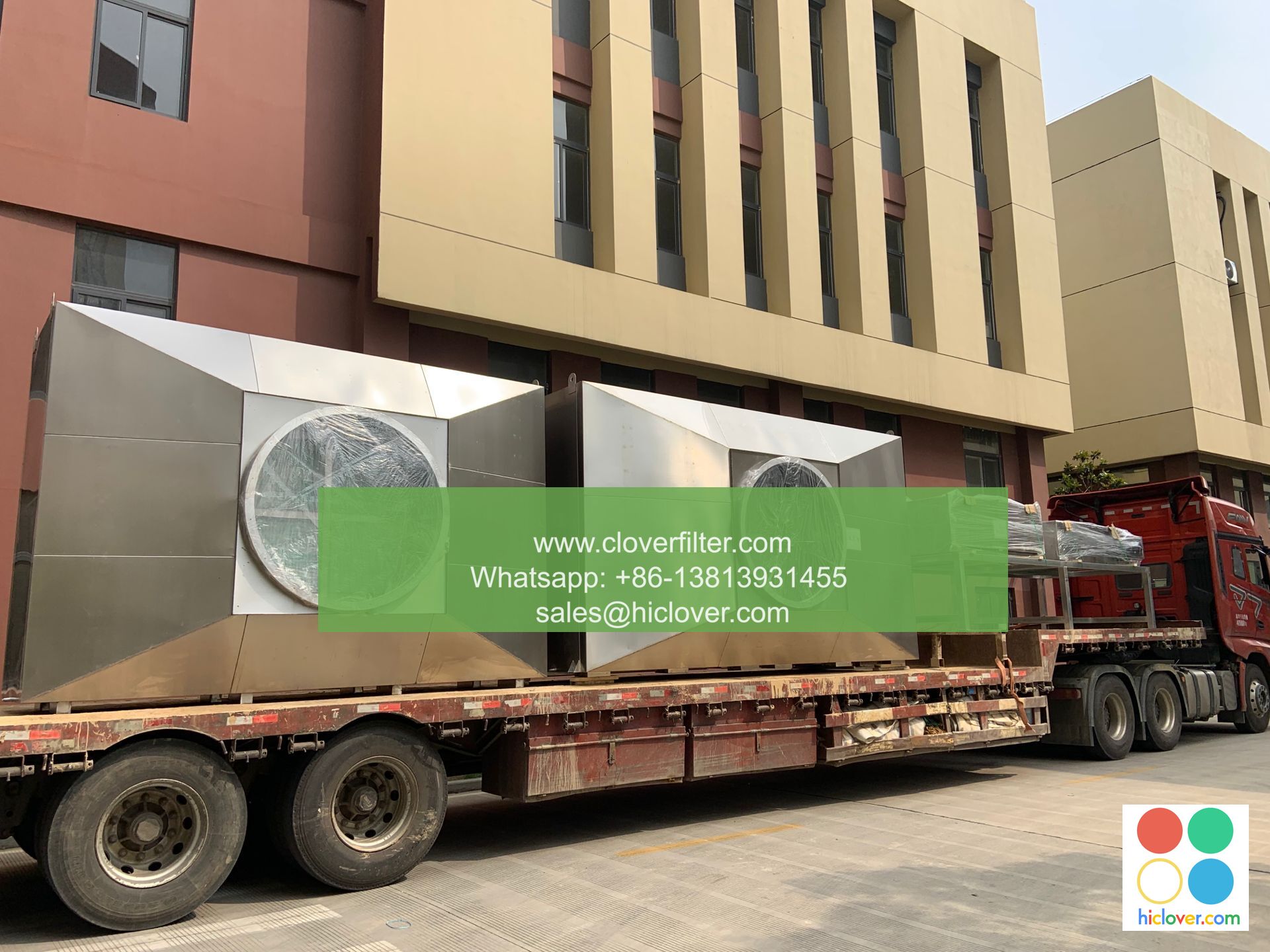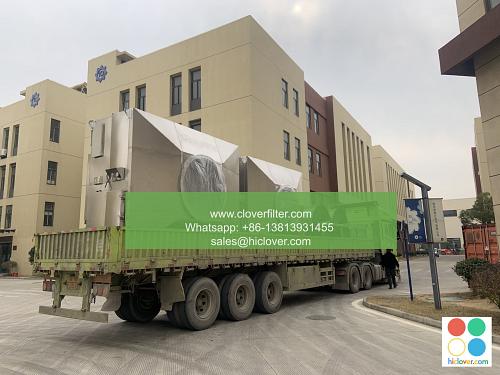The Pros and Cons of Box-Style Air Filters: Installation Considerations

Box-style air filters are a popular choice for many heating, ventilation, and air conditioning (HVAC) systems, offering a range of benefits and drawbacks that must be carefully considered during the installation process. In this article, we will delve into the advantages and disadvantages of box-style air filters, exploring their impact on indoor air quality, energy efficiency, and system maintenance.
Pros of Box-Style Air Filters
Box-style air filters have several key benefits that make them an attractive option for many applications, including:
- High filtration efficiency: Box-style air filters are designed to capture a wide range of airborne contaminants, including particulate matter, pollen, and other allergens.
- Easy installation and maintenance: Box-style air filters are often simple to install and replace, reducing the need for complex maintenance procedures and specialized equipment.
- Cost-effectiveness: Box-style air filters are generally less expensive than other types of air filters, making them a cost-effective solution for many applications.
Cons of Box-Style Air Filters
While box-style air filters have many benefits, they also have some significant drawbacks, including:
- Limited air flow: Box-style air filters can restrict air flow, leading to reduced system performance and increased energy consumption.
- Pressure drop: The pressure drop associated with box-style air filters can be significant, particularly in systems with high air flow rates.
- Space constraints: Box-style air filters can be bulky and require significant space, making them a challenge to install in tight or compact spaces.
Installation Considerations
When installing box-style air filters, there are several key considerations to keep in mind, including:
- Air flow rate: The air flow rate of the system must be carefully matched to the filter’s air flow capacity to ensure optimal performance.
- Filter size and type: The size and type of filter must be carefully selected to ensure compatibility with the system and adequate filtration efficiency.
- System design: The system design must be carefully considered to ensure that the filter is properly integrated and that air flow is not restricted.
Application Areas
Box-style air filters are commonly used in a range of applications, including:
- Residential HVAC systems: Box-style air filters are often used in residential HVAC systems to improve indoor air quality and reduce energy consumption.
- Commercial HVAC systems: Box-style air filters are also used in commercial HVAC systems to improve indoor air quality and reduce energy consumption.
- Industrial applications: Box-style air filters are used in a range of industrial applications, including manufacturing facilities, warehouses, and data centers, to improve indoor air quality and reduce energy consumption.
In conclusion, box-style air filters offer a range of benefits and drawbacks that must be carefully considered during the installation process. By understanding the advantages and disadvantages of box-style air filters and carefully considering installation considerations and application areas, users can make informed decisions about the use of these filters in their HVAC systems. Whether used in residential, commercial, or industrial applications, box-style air filters can play a key role in improving indoor air quality and reducing energy consumption.
Prompt

